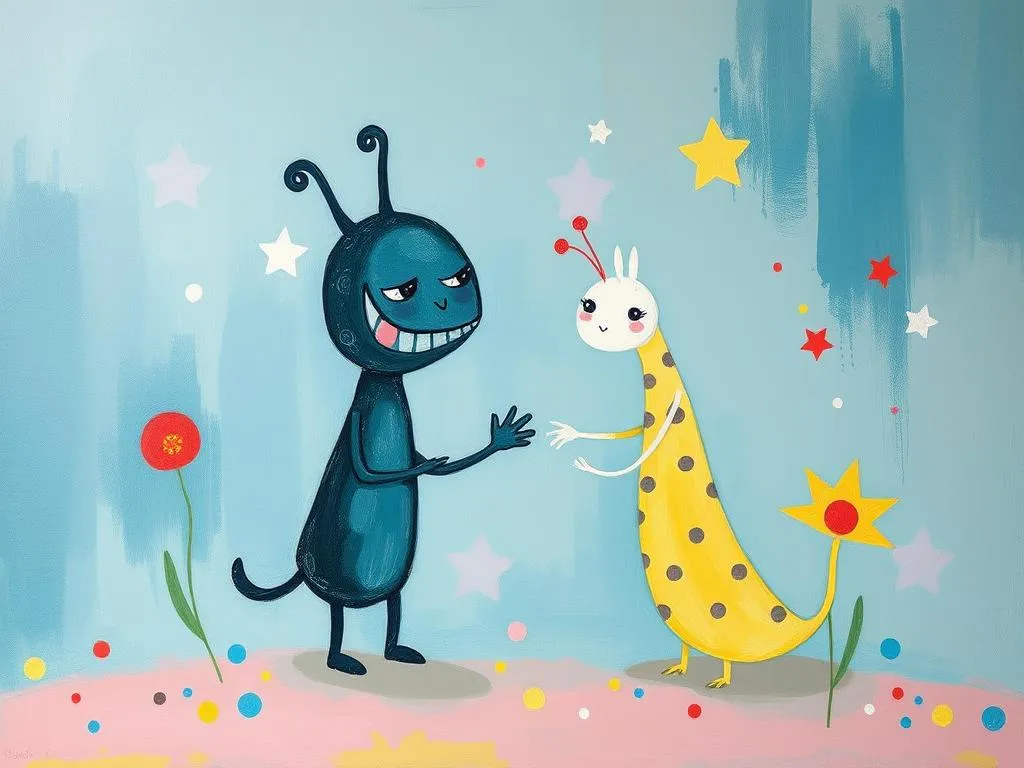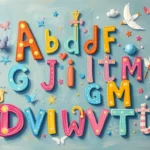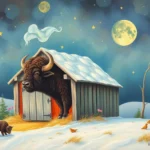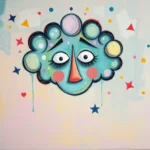
Have you ever woken up with lingering images from a dream, your heart racing and your mind swirling with questions? Every night, we embark on an inner journey, exploring the uncharted territory of our subconscious. Dreams can feel like whispers from our soul, revealing hidden desires, fears, and truths. But what if I told you that these nocturnal adventures hold a treasure trove of symbolism waiting to be uncovered?
In this article, we’ll take a deep dive into the world of dream interpretations, exploring the vibrant symbols that fill our dreams and what they might mean for our waking lives. We’ll explore how different cultures perceive these symbols, share relatable scenarios, and ultimately guide you on a path toward personal growth and understanding. So, grab a cozy blanket and let’s unravel the mysteries of your night-time adventures together.
Dream Symbols: The Language of the Subconscious
Dreams speak to us in a unique language, often through vivid symbols that can evoke a range of emotions. Understanding dream symbols can provide you with insight into your inner world. For instance, let’s take a closer look at a few common dream symbols and their potential meanings.
Flying in dreams often signifies a sense of freedom or liberation. When you soar above the ground, it reflects your desire to break free from constraints or explore new heights in life. However, if you feel a sense of fear while flying, it might indicate that you are grappling with anxiety about taking risks.
Water, a powerful symbol in dreams, can represent your emotional state. Calm, clear waters may suggest peace and clarity, while turbulent or murky waters may signify confusion or emotional turmoil. As the saying goes, “As above, so below,” your feelings about the current situation can often manifest in the state of water within your dreams.
Doors are another common symbol and can signify choices or opportunities. Dreaming of a closed door may reflect feelings of being stuck or facing obstacles, while an open door suggests new possibilities awaiting you. Ask yourself: What door am I standing before in my life?
Animals also play a significant role in dream symbolism. Each creature carries its own unique meaning. For example, a snake often represents transformation or hidden fears, while a lion may symbolize courage or personal power. Pay attention to the specific animal and your feelings toward it during the dream.
Lastly, lost items are a prevalent theme in dreams. Misplaced objects can indicate a feeling of loss or a desire to reclaim something important in your life. This could be an aspect of yourself, a relationship, or even a goal that has slipped through your fingers.
Understanding these symbols is just the beginning; the real magic lies in how these elements weave into the tapestry of your personal experiences and feelings.
Dream Journeys: Real-Life Scenarios
Now that we’ve explored the symbology of dreams, let’s dive into some relatable scenarios that might resonate with your own experiences. Each scenario provides an opportunity to reflect on the deeper meanings behind your dreams.
Scenario 1: The Unfinished Project
Imagine dreaming about an unfinished project from your past—perhaps a painting you never completed or a book you set aside. This dream might surface when you’re feeling overwhelmed or guilty about unfinished business in your life. It’s a call from your subconscious to confront what you’ve left behind. What can you do today to bring closure to this chapter?
Scenario 2: The Abandonment of a Loved One
In another dream, you find yourself frantically searching for a loved one in a crowded place. This might reflect your fears of abandonment or feelings of disconnection in your relationships. When you wake up, take a moment to assess your current relationships. Are there feelings of distance that need addressing? Reaching out could mend what feels broken.
Scenario 3: The Mask You Wear
Picture a dream where you’re wearing a mask at a masquerade ball. This could symbolize how you might be hiding your true self from others, possibly out of fear of judgment or rejection. This dream invites you to examine the masks you wear in your waking life. What parts of yourself are you reluctant to share with the world?
Scenario 4: The Endless Maze
You find yourself wandering through an endless maze, feeling increasingly frustrated. This scenario often signifies feelings of being lost or stuck in life. The maze represents your journey and the obstacles you face. Consider what areas of your life feel confining or confusing. What steps can you take to find your way out?
Scenario 5: The Soaring Eagle
Lastly, you dream of an eagle soaring majestically over a vast landscape. This powerful symbol might represent your desire for freedom and a new perspective on your life. It encourages you to rise above challenges and see the bigger picture. Reflect on what aspects of your life are calling for this elevated viewpoint. What dreams are waiting for you to pursue?
These scenarios not only resonate with many people’s experiences but also serve as a reminder that our dreams can mirror our waking life challenges and aspirations.
The Path to Self-Discovery: Embracing Your Dreams
As we navigate through our dreams, it’s essential to remember that each symbol and scenario is a stepping stone toward self-discovery. Embracing your dreams means embracing yourself, flaws and all. Here are a few practical insights on how to cultivate a deeper connection with your dreams and, in turn, with your waking life.
-
Keep a Dream Journal: Start documenting your dreams as soon as you wake up. Note the symbols, emotions, and themes that stand out. Over time, you may notice patterns that reveal deeper aspects of your psyche.
-
Reflect on Emotions: Don’t just analyze the symbols; pay attention to how you felt during the dream. Emotions are powerful indicators of what your subconscious is trying to communicate. What feelings linger when you recall your dreams?
-
Seek Cultural Perspectives: Different cultures have their unique interpretations of dreams. Research how various societies perceive specific symbols. This can broaden your understanding and provide new insights into your dreams.
-
Meditate or Visualize: Spend a few moments in meditation or visualization, focusing on the symbols that recur in your dreams. This practice can help clarify their meanings and integrate them into your conscious awareness.
-
Engage with Your Intuition: Trust your intuition when interpreting your dreams. What resonates with you? What feels off? Your personal understanding is invaluable, so allow your instincts to guide you.
By actively engaging with your dreams, you can unlock layers of meaning that lead to profound personal growth. Remember, your dreams are not just random images but valuable guides that encourage you to explore your inner landscape.
In conclusion, the world of dreams is a rich tapestry of symbolism, emotions, and experiences waiting to be explored. Each night, as you drift into slumber, you have the opportunity to embark on a journey of self-discovery. The symbols you encounter, the scenarios you experience, and the insights you glean can serve as powerful tools for personal growth.
As you reflect on your dreams, remember that they are an invitation to listen to your inner voice—your subconscious is speaking to you, urging you to embrace the fullness of who you are. What will you discover about yourself tonight? Harness the symbology of your dreams and embark on a transformative path towards understanding and empowerment.







